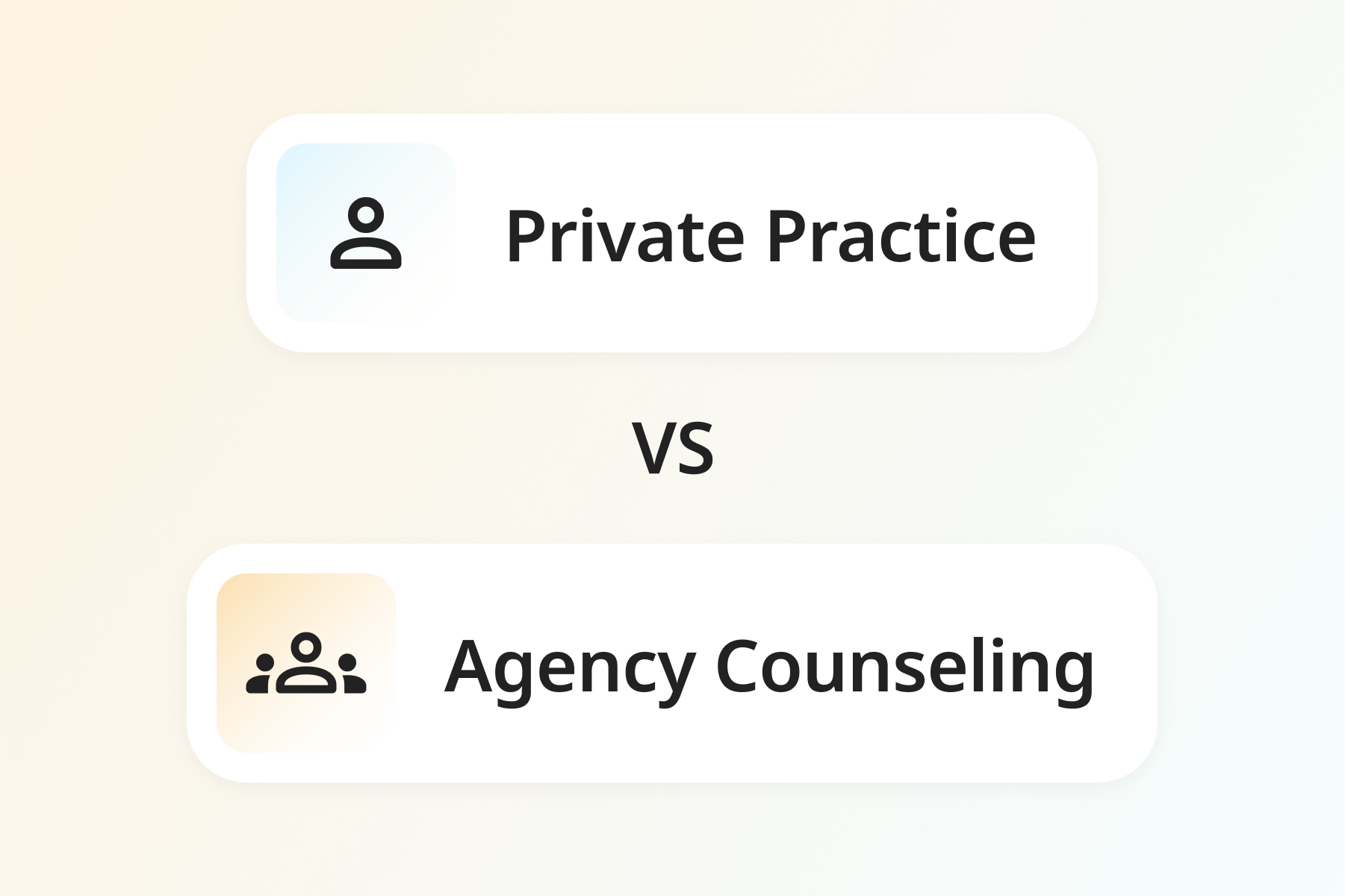Should You Offer Virtual Therapy?


Practitioners have strong feelings about virtual therapy, both negative and positive. Here’s what you should know before diving in.
The Good
Virtual therapy offers flexibility. You can choose your own hours and work from anywhere. Therapists tell us that virtual therapy platforms like Better Help, TalkSpace and Cerebral fill income gaps such as when your clinic faces unexpected closures (thanks pandemic!) or planned ones, like those faced by therapists working in schools and universities during the summer months.
Jennifer Puckett, LCSW at Bridge Counseling and Wellness in Louisville, KY, used BetterHelp to provide therapy and says, “When COVID came into the picture and people were quarantining, [my former practice] closed their doors to in-person clients and went to strictly telehealth. My caseload and pay became inconsistent and I felt that I could reach more people and provide better service during COVID by increasing my caseload through BetterHelp.”
Of course, this means it's your responsibility you to hold boundaries and ensure that virtual therapy demands don’t creep into other hours. (More on that to come!)
These options also open therapy up to patients who might not be able to see a therapist who works a traditional 9 – 5 schedule. For many practitioners, accessibility is a key concern. Mental health proponents tirelessly lobby congress for increased accessibility of mental health services. Others are dedicated to reducing the stigma surrounding mental healthcare.
Yet, only about 20% of the population in 2019 reported receiving some type of mental health counseling or therapy according to the CDC. According to NAMI, of those who had a mental illness in 2019 only about 45% received treatment. Accessibility is a real problem, and it’s one virtual therapy platforms seemed poised to help alleviate.
Finally, virtual platforms handle the technical side of things, so you don’t need to worry about putting on your IT hat to meet with clients remotely. (Sidebar, if you can use Zoom, you can use TherapyAppointment’s telehealth solution. We offer HIPAA-compliant telehealth. Plus, if you’re having trouble for any reason, our live, dedicated Support team is always here to help!)
The Bad
The more you work, the more you get paid. This sounds great until you realize: you're incentivized to work longer hours on virtual therapy platforms. Ms. Puckett says it, “can get a little intense at times…”
“The more cases you have, the more money you make. The more cases you have, the more messages/live sessions you have… people could message me anytime, but I had to be REALLY FIRM with my own boundaries (for example, responding within 24 hours, not responding after 9pm or weekends, etc...)” Ms. Puckett advises.
As we learned during the remote work that surged during the pandemic, the ability to work anywhere, anytime means we each must set our own boundaries to avoid going full-speed 24/7. Without setting firm limits on how many clients you see and what hours you set for yourself, working on a virtual therapy platform can easily take over all of your hours, working and free.
The Ugly
The website BetterHelp estimates that a therapist working 40 hours per week can make over $100,000 a year, but that is not guaranteed. Nor is it confirmed within our research. We’ve seen indicators that practitioners should be skeptical of this claim, so if the promise of a 6-figure salary is your greatest lure, consider doing a bit of research to make sure your expectations are met.
Plus, virtual therapy platforms don’t provide benefits or pay income taxes. You’ll need to cover insurance and overhead costs out of your pocket. About 82% of health insurance premiums are typically covered by employer-provided plans according to PeopleKeep (a healthcare provider for small businesses), so this becomes a cost you’ll need to account for in your budgeting. Many 1099 employees allocate at least 30% of their paycheck to taxes and benefits.
Bottom Line
It seems like virtual therapy platforms can be a helpful way to supplement your income and fill gaps. As a full-time career for most therapists, it seems a bit more challenging. If it’s something you decide to try, set goals upfront for your number of hours, clients, and income you’d like to make. Continually assess these goals to determine if the platforms are working for you.
Also, “Explain right off the bat to your clients that you have other obligations — family, a primary job, etc. Set your "available hours" with them before you ever get going. I always let my clients know that yes, they can message me anytime, but that doesn't mean I am going to check it right away. You have within 24 hours to respond to a client… And also don't be afraid to tell a client that they need a higher level of care or that they may need another clinician!” advises Ms. Puckett.



